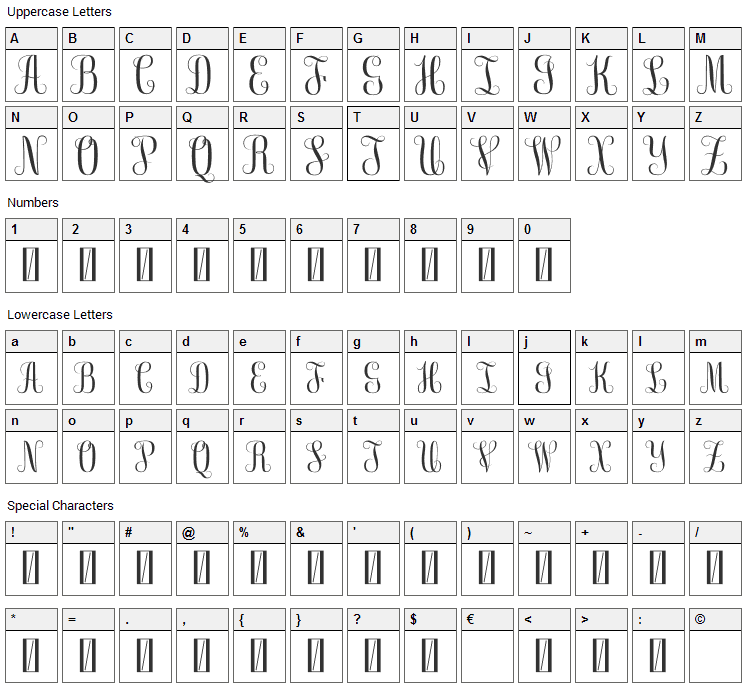

With the next update of the font the position of a certain glyph in the font might have changed. But that isn’t a very reliable way to access a character.

The glyph ID simply represents the position of a glyph in the list of all glyphs. The glyphs in a font can be referenced in different ways. But what about glyphs that don’t have a Unicode code point in the first place - like stylistic alternates, different figure sets, discretionary ligatures, small caps and certain pictograms?

Both of these methods are Unicode-based, which makes them a reliable way of accessing any character you want. The basic character set can be accessed directly with the keyboard using the appropriate keyboard layouts. To access Unicode characters that aren’t directly available this way, you can either copy them from certain websites or you can use character map apps for your operating system. But the fonts contain an additional range of around 1800 unencoded glyphs! As an example: Arno Pro from Adobe includes the character sets for Latin, Greek and Cyrillic together using around 1000 glyph slots. There is no ambiguity anymore.Ī commercial Latin OpenType will probably have a rather complete character set for the first 256 characters, but there can be any number of unencoded characters as well. Because every code point is just used once. I can put any of the 113,021 Unicode 7.0 characters on this website and you could safely copy and paste them to a local file (for example).
#How to see font glyphs mac os
It doesn’t matter anymore if you use Windows or Mac OS or which font you use to display a text. It took some time, but today Unicode is the default encoding for basically all electronic communications. Finally in the early 1990s a new system was invented that should overcome all the limitations and incompatibilities of the older codepages: Unicode-a system where all character of all writing systems are combined into one standard. In the 1980s a variety of (largely incompatible) 256 character codepages where used. It all started with 128 ASCII characters in the 1960s. This articles explains why that happens and what you can do about it. Your favourite fonts might have glyphs that you don’t know are there, because your character viewer might simply not show them to you.


 0 kommentar(er)
0 kommentar(er)
